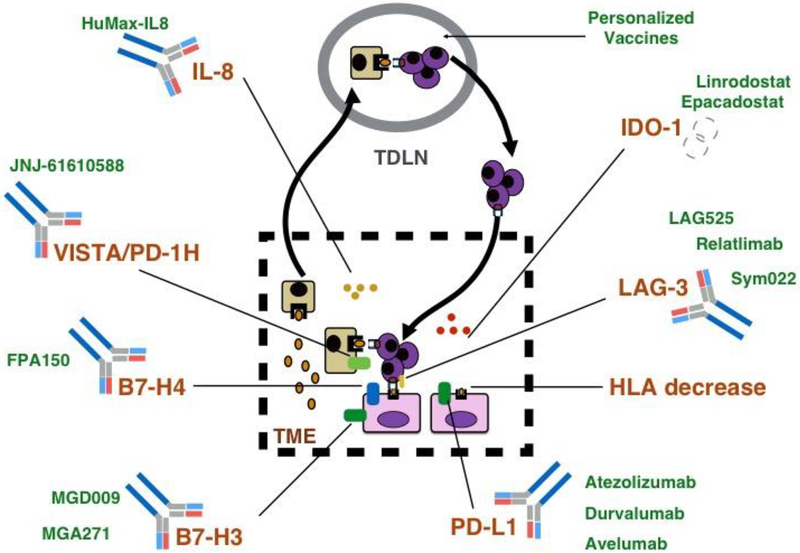Fig 2. Immune-scape mechanisms in NSCLC and new Immune Target opportunities.
Different immune-scape mechanism developed by lung tumors (brown) and available immunotherapies targeting these mechanisms (green) to stimulate an antitumor immune response. 1) antigen uptake and processing by antigen-presenting cells (APC); 2) migration of APCs to lymphoid organs; 3) antigen presentation, activation and co-stimulatory and co-inhibitory regulation of naïve T cells to become effector T cells in lymphoid organs; 4) exit of effector T cells into peripheral blood and trafficking to tumor tissues; 5) tumor antigen recognition and tumor lysis. Targets include IL-8,1,2 VISTA/PD-1H,3 B7–H4,4 B7–H3,5 IDO-1,4 LAG-3,6 HLA class I,7 and tumor-specific neoantigens.8 Abbreviations: IL-8, interleukin-8; VISTA, V-domain Ig suppressor of T cell activation; PD-1H, programmed death-1 homolog; B7–H4, B7-homolog 4; B7–H3, B7-homolog 3; IDO-1, indoleamine 2,3-dioxygenase-1; LAG-3, lymphocyte-activation gene 3; HLA, human leukocyte antigen.

